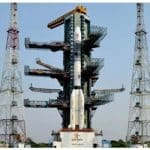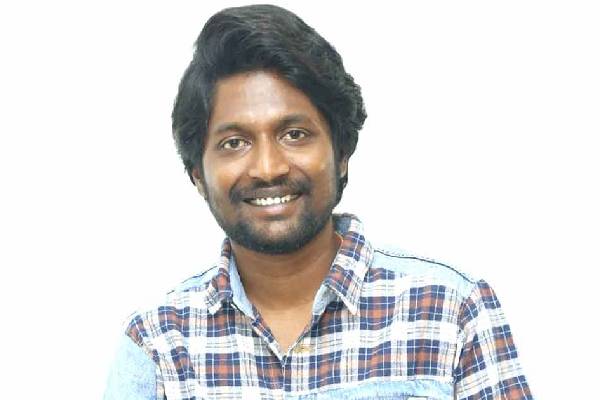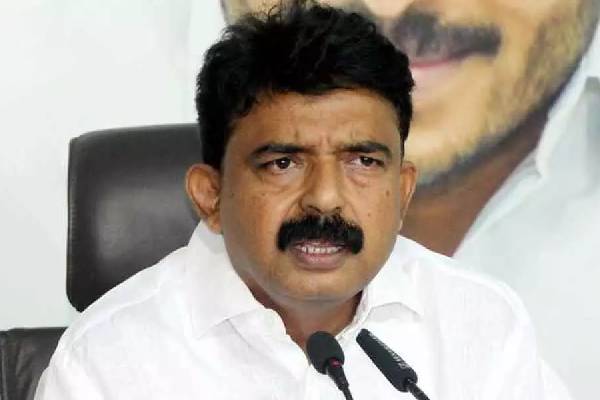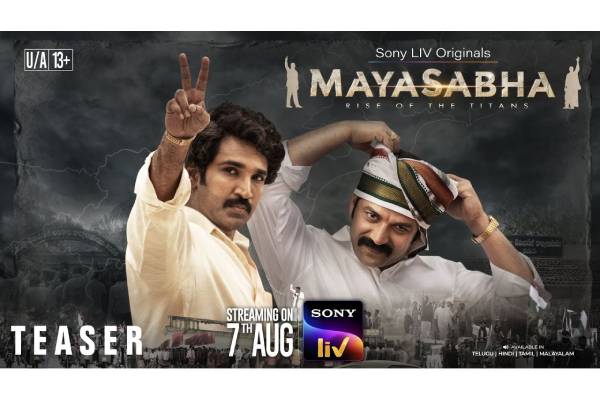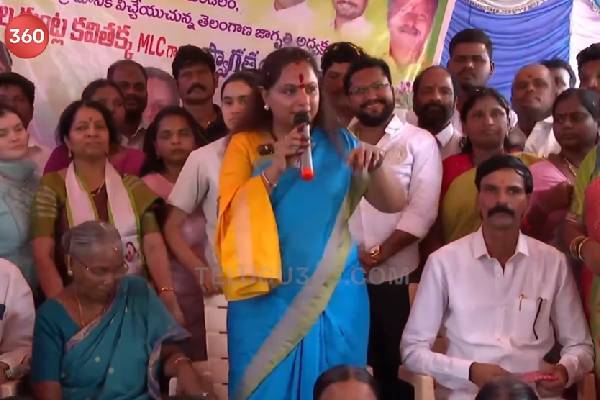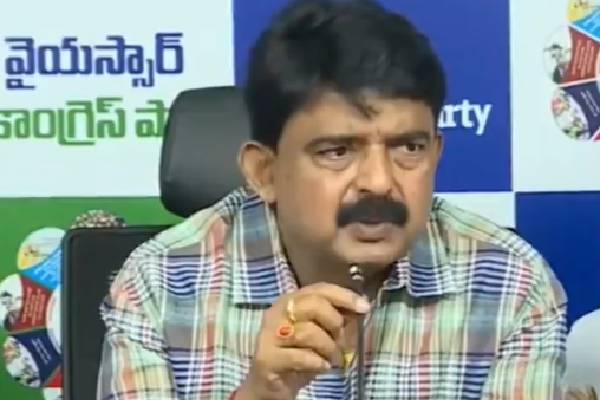ISRO
-
ISRO’s PSLV-C61 Mission Faces Technical Setback May 18, 2025
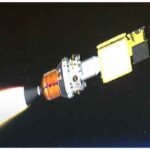
-
ISRO former chairman Kasturirangan passes away April 25, 2025
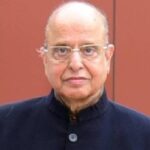
-
ISRO Set to Launch Its 100th Rocket: A Historic Milestone January 28, 2025
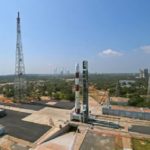
-
India’s Space Ambitions : New Missions to Moon, Venus, and Beyond September 18, 2024

-
“ISRO’s SSLV D3 mission successful August 16, 2024

-
Andhra Pradesh CM congratulates ISRO for launch of largest rocket LVM3 March 26, 2023

-
PSLV C-51 launch: Telugu states’ CMs hail ISRO February 28, 2021

-
Stay steady, our best yet to come: Modi to ISRO scientists September 7, 2019

-
Setback to moon mission as link to lander lost September 7, 2019

-
Chandrayaan-2: Next major step on Sep 2 August 20, 2019

-
Chandrayaan-2 orbit successfully raised for fifth time August 6, 2019

-
Video: ISRO to launch PSLV-C46 May 21, 2019

-
ISRO launches Cartosat-2 and 30 nano satellites from Sriharikota June 23, 2017

-
India’s Saarc satellite GSAT-9 launched successfully May 5, 2017
